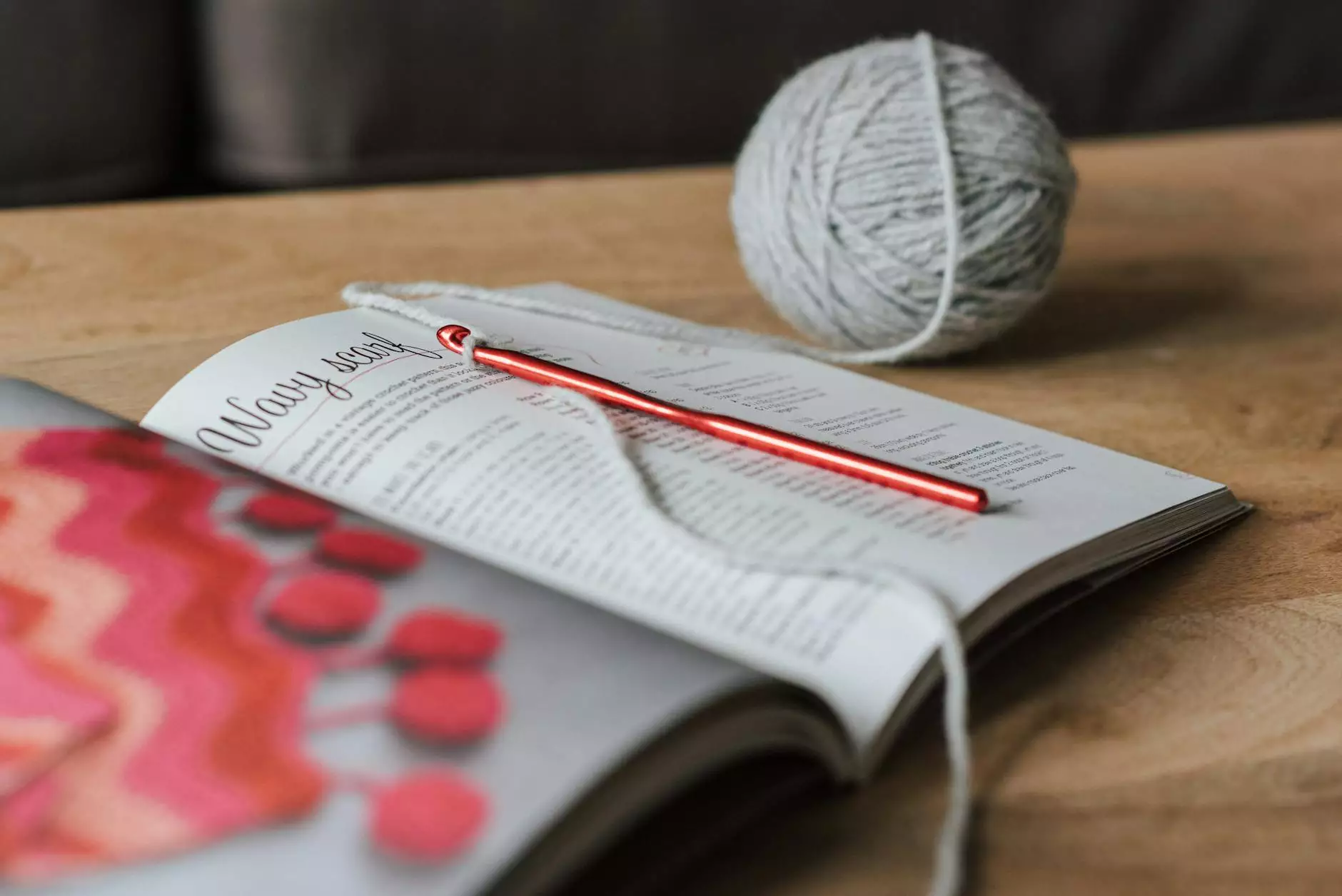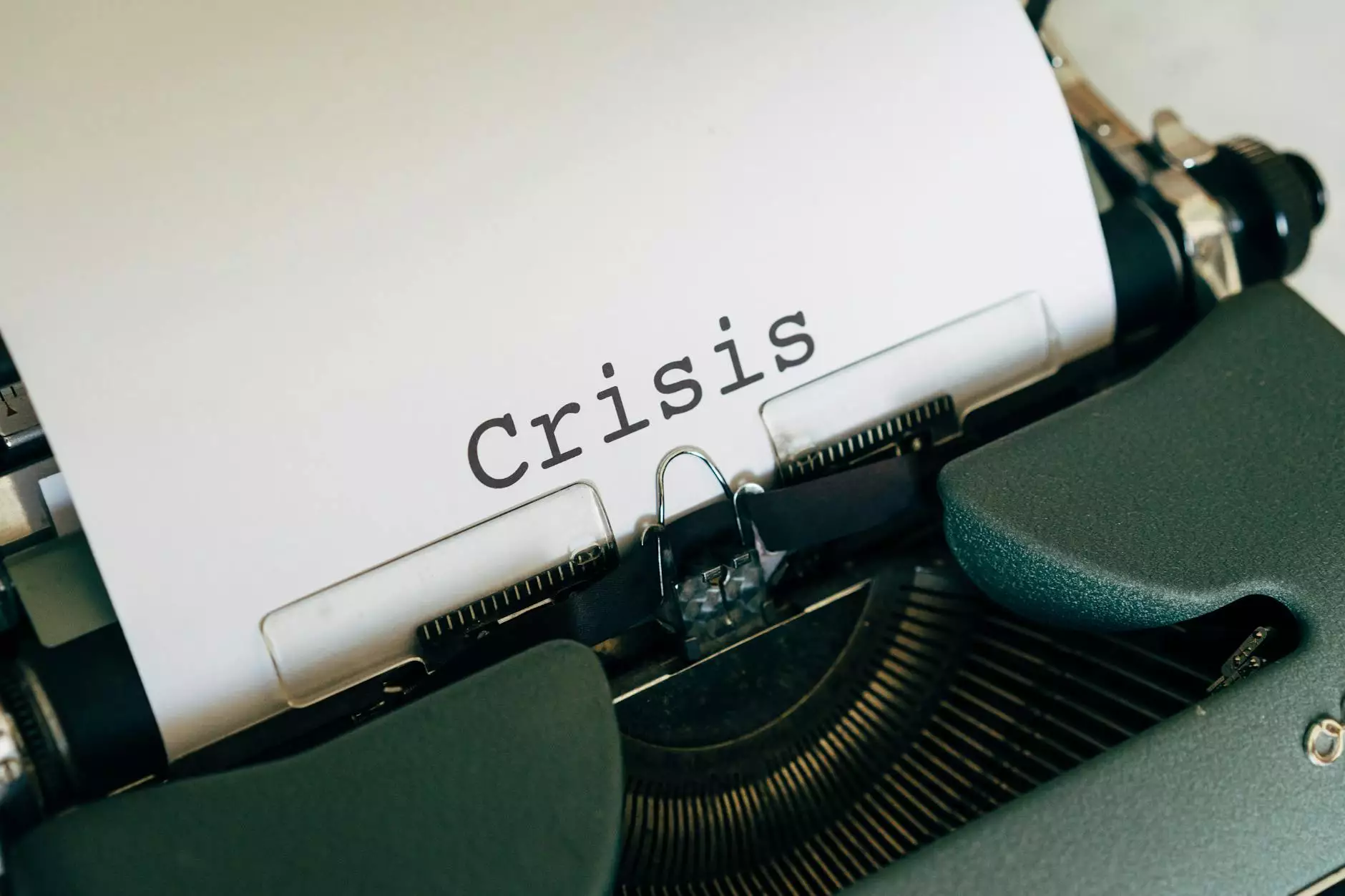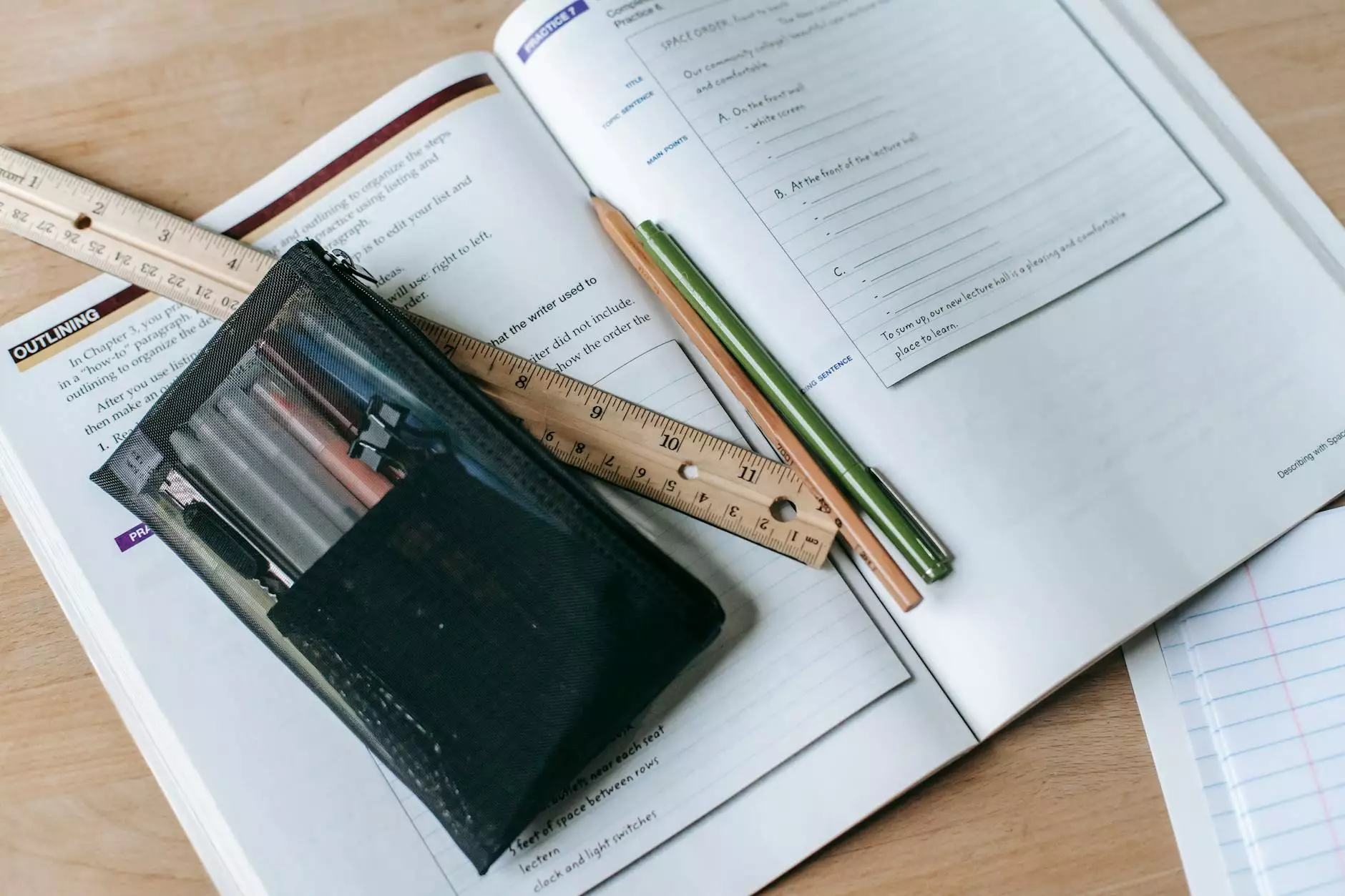What is Secondary Packaging Design?
Blog
Introduction
Secondary packaging design plays a crucial role in the overall success of businesses operating in the business and consumer services sector. It goes beyond just protecting products during transportation and storage; it also serves as a key element in branding, marketing, and enticing consumers to make a purchase. In this article, we will delve into the intricacies of secondary packaging design and how it can help businesses stand out in a competitive market.
The Importance of Secondary Packaging
Secondary packaging refers to the outer packaging used to group individual products together for distribution, promotion, and protection. It serves as a protective layer, shielding products from damage, tampering, and environmental factors. Additionally, secondary packaging provides an opportunity for businesses to showcase their brand, convey product information, and captivate consumers through visually appealing designs.
Enhancing Brand Identity
One of the primary benefits of secondary packaging design is its ability to enhance brand identity. Every business strives to create a strong brand that resonates with its target audience. Secondary packaging serves as a powerful medium to communicate brand values, personality, and differentiate products from competitors. By using consistent color schemes, typography, and graphic elements, businesses can establish a cohesive visual identity that helps create brand recognition and trust among consumers.
Effective Marketing Tool
Secondary packaging design is not merely about aesthetics; it is also a highly effective marketing tool. Businesses can utilize packaging space to convey product benefits, unique selling points, and persuasive messages that resonate with consumers. Clever use of catchy slogans, product features, and compelling imagery can position products as must-haves, enticing customers to make a purchase. Moreover, including contact information or social media handles on the packaging creates an opportunity for customers to engage with the brand and provide valuable feedback.
Ensuring Product Visibility
Secondary packaging design plays a critical role in ensuring product visibility on store shelves. With countless options available, businesses need to make their products stand out from the competition. Packaging that catches the eye, showcases the product effectively, and highlights its benefits can significantly increase the likelihood of grabbing consumers' attention. Investing in well-designed secondary packaging can potentially uplift sales and boost brand visibility in highly competitive marketplaces.
Product Protection and Sustainability
While secondary packaging contributes to marketing and branding efforts, it should not compromise the primary objective of protecting the product. Quality secondary packaging safeguards products from physical damage, contamination, and tampering during transportation and handling. Utilizing eco-friendly materials and adopting sustainable packaging practices not only protects the environment but also aligns businesses with consumers' increasing demand for eco-conscious products.
Examples of Successful Secondary Packaging Design
Let's explore some examples of successful secondary packaging design to gain a better understanding of its impact:
Apple Inc.
Apple is known for its sleek and minimalistic product design, and its secondary packaging follows suit. The packaging is meticulously crafted, highlighting the product's elegance while keeping it secure during transit. The branding is understated yet instantly recognizable, making it a classic example of effective secondary packaging design.
Coca-Cola
Coca-Cola's secondary packaging is iconic and instantly identifiable. The classic red color, paired with the brand's logo, has become synonymous with the product. The design boldly showcases the beverage, making it stand out on store shelves and inviting consumers to grab a refreshing bottle.
Nike
Nike's secondary packaging goes beyond aesthetics and acts as an extension of the brand's identity. It features the iconic Nike swoosh logo and dynamic graphics, creating a sense of excitement and energy. The packaging efficiently protects the products while igniting a sense of anticipation in customers.
Conclusion
Secondary packaging design is an integral aspect of the overall product experience, offering businesses an opportunity to differentiate themselves from competitors, establish a strong brand identity, and effectively market their products. By investing in well-crafted, visually appealing, and functional secondary packaging, businesses can enhance consumer engagement, boost sales, and ultimately achieve long-term success in the business and consumer services industry.




